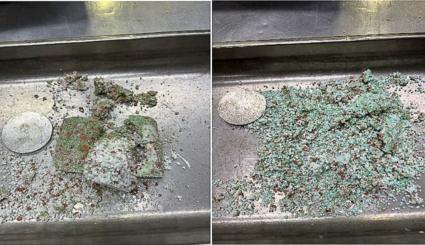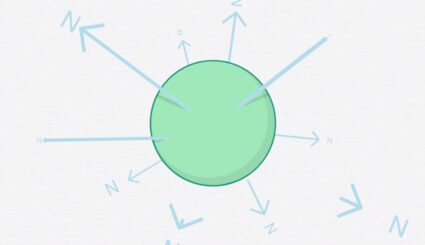Responsive to temperature – just like your crop is

Temperature is an important environmental factor in growers’ management decisions. Though growers rely on temperature to drive crop growth, it can make the application and timing of fertilizer challenging.
“Crops grow by temperature, so it’s very important for growers to understand how temperature affects crops and fertilizers,” says Ron Heiniger, PhD, Cropping Systems Specialist, North Carolina State University. “Crops don’t have a day calendar for growth stages; they have a temperature one.”
While critical for crop growth, temperature is often a problem for nitrogen (N) fertilizer application. Crops need readily available N when temperatures are warm and the crop is actively growing, but applying N at this time can cause crop damage when a grower drives over it to apply the fertilizer.
When planting, the temperature is typically much cooler than when the crop is actively growing. Most growers apply their N when the temperature is cooler and rely on the N to stay available throughout the duration of the growing season, or going back into fields later in the season for an additional application. Applying N in the warmer parts of the growing season, when the crop really needs it, can be time-consuming, costly and may damage the crops as they’re further along in their growth.
“Applying early in the season is a problem with most fertilizers because they don’t require much of an increase in temperature to break them down or cause them to transform. When this happens, the fertilizer becomes available to the crop before the crop really needs it,” explains Dr. Heiniger. “If the ground isn’t cold or frozen, the microbial reactions in the fertilizer move ahead, even though temperature for the crops needs to be warmer for optimal growth.”
These fertilizers can transform, volatize or go through denitrification quickly because the microbial reactions occur at low temperatures. This means N won’t be available when the crop needs it later on in the growing season.
The responsive and protective polymer coating of ESN® SMART NITROGEN®, the only controlled-release N fertilizer, is an easy solution to the challenge soil temperature variability poses growers.
“The beauty of ESN is its coating,” explains Dr. Heiniger. “The coating really is the key element of ESN that sets it apart from all other types of fertilizers. ESN is responsive to temperature and responds similarly to how the crop does, making it a great fit.”
When the crop is responding to temperature and growing actively, the flexible polymer coating allows N to be released. When the temperature is cold and the crop isn’t growing, the ESN coating is less porous, limiting N release. ESN provides N throughout the growing season when crops need it most.
For more information on ESN, visit smartnitrogen.com.


